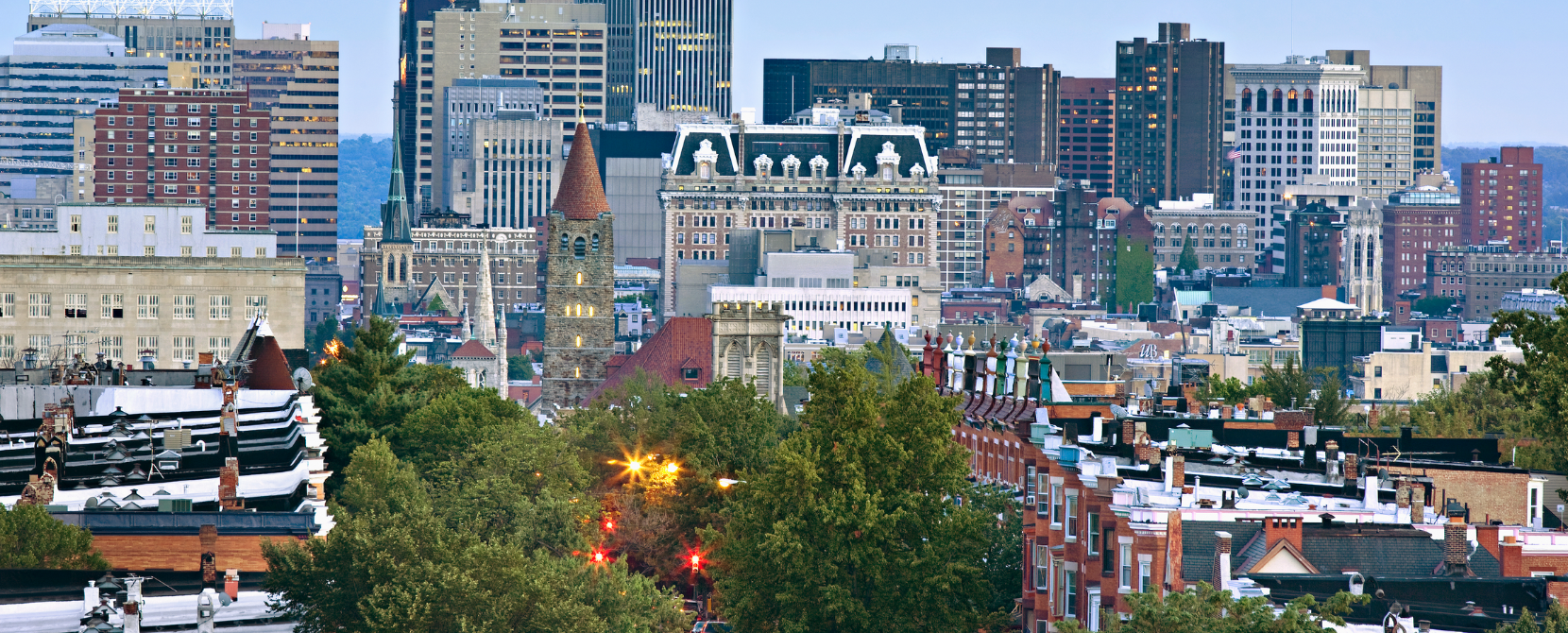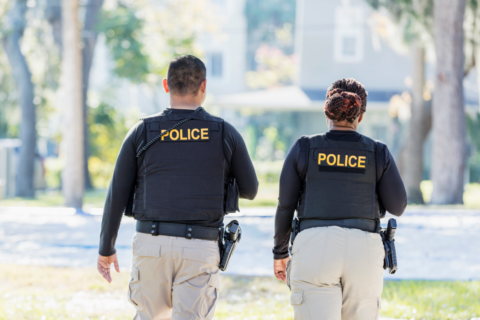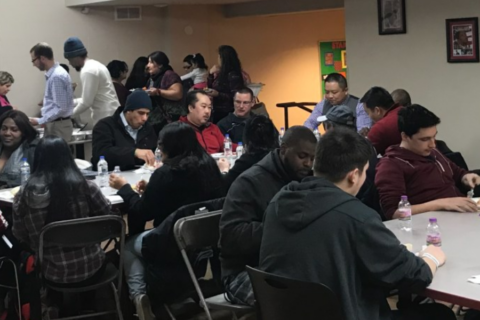To reduce gun violence cities, towns, and villages need data to ensure that their violence prevention strategies are as effective as they can be and to show what works and what may need adjustments. The Baltimore Mayor’s Office of Neighborhood Safety and Engagement (MONSE) is using data management in conjunction with their Community Violence Intervention (CVI) Ecosystem to make their city safer through efforts that reduce fatal and non-fatal shootings.
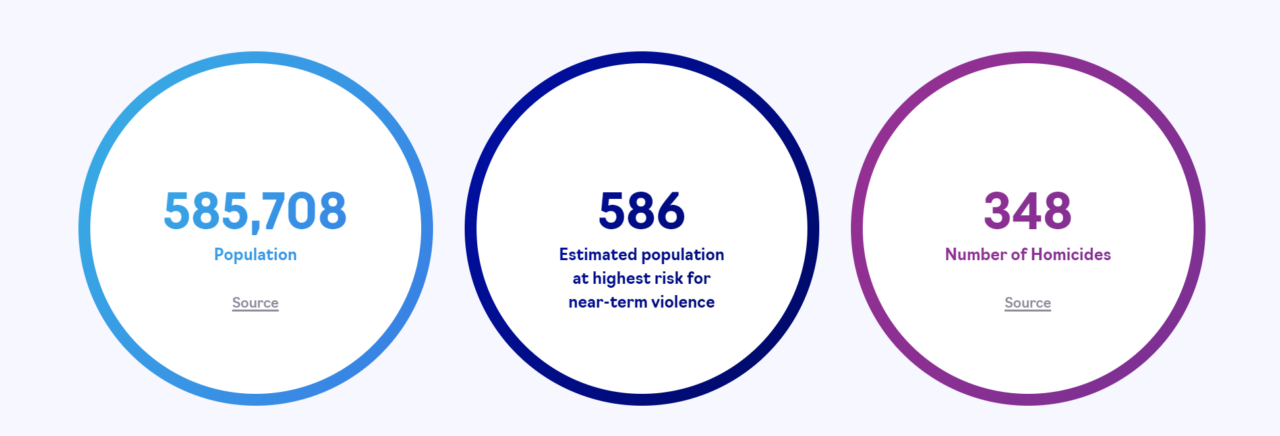
Data is critical to inform decision makers on the opportunities to increase safety in their communities through various interventions. Identifying those at highest risk for near-term violence is a key first step to reducing on-going harm. According to the CVI Ecosystem website developed by The Coalition to Advance Public Safety (The Health Alliance for Violence Intervention, National Institute for Criminal Justice Reform, Community Based Public Safety Collective, and Cities United) there are an estimated 586 people in Baltimore city at highest risk for near-term violence.
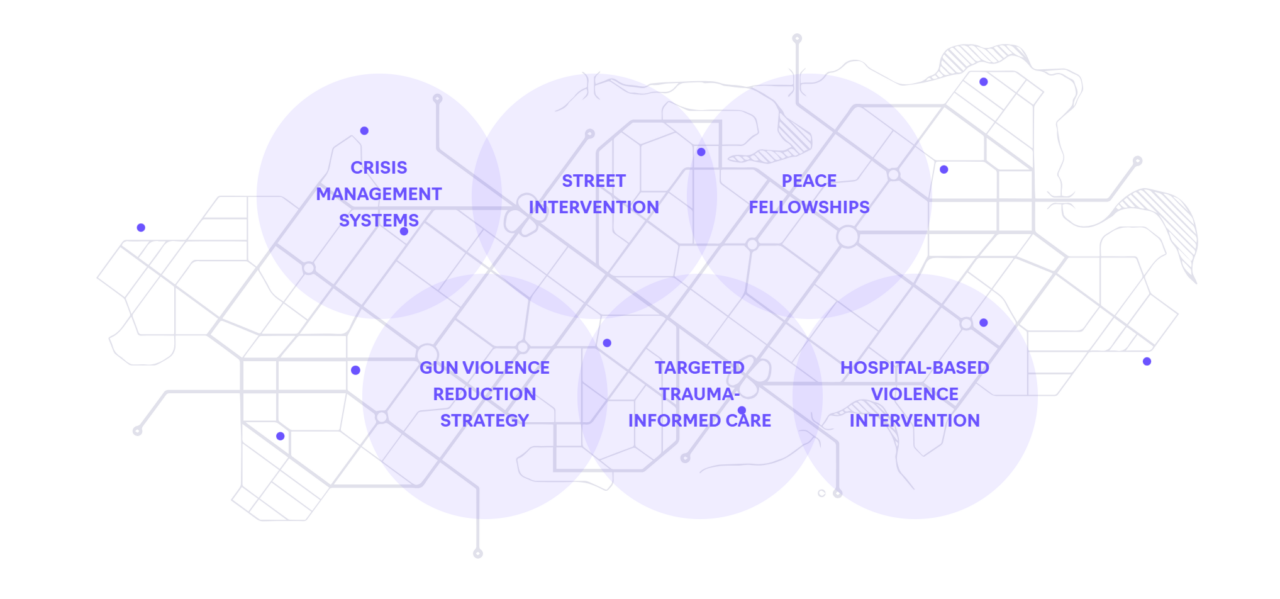
Baltimore established their CVI ecosystem in April 2022. This ecosystem connects the existing conflict mediation and violence intervention programming to schools and hospitals in the community and brings new initiatives into the fold.
Programs include Safe Streets, the Group Violence Reduction Strategy, School-based Violence Interventions, Hospital-based Violence Interventions, Reentry Services, and more.
- Safe Streets, an evidence-based public health program to reduce violence, involves outreach workers identifying those most at-risk and connecting them with resources for job readiness, education, and health services. According to a Johns Hopkins analysis of nearly 15 years of data, Safe Streets is associated with a 23% reduction in non-fatal shootings and a 22% reduction in homicides. One Safe Street site had a 53% reduction in non-fatal shootings.
For every dollar spent on Safe Streets there are social and economic benefits of $7.2 to $19.2
- Hospital-based Violence Intervention Programs (HVIPs) connect individuals that go into hospitals with violent injuries with resources. Without intervention, victims of violent assault are at high risk of being hospitalized again or retaliating after leaving the hospital. There is an opportunity by connecting those victims with additional resources in the CVI ecosystem to maintain enhanced case management once they return to their community.
- The Group Violence Reduction Strategy (GVRS) works by focusing resources on individuals identified as being at the highest acute risk of involvement in gun violence. The strategy works by engaging directly with those most intimately involved in and affected by violence, leveraging an intentional collaboration between law enforcement, social services, and community members who collectively co-sign and deliver an anti-violence message to stop the shooting. The services that GVRS provides through its partners include housing assistance, emergency relocation, and Cognitive Behavioral Therapy. The initiative was launched in West Baltimore in January 2022 and is expanding citywide.
- In the soon to be launched School-Based Violence Intervention, school-based specialists will work with youth, school administrators and families to shift community norms about the acceptability of violence, create a positive school climate, strengthen problem-solving and conflict management skills and strengthen students’ academic performance. Three schools (Mergenthaler Vocational Technical High School, Carver Vocational Technical High School and Digital Harbor High School) will be in the pilot program starting in the Fall of 2023. Criteria for identifying host schools were based on the number of arrests, diversions, and disciplinary actions resulting from violence, including suspensions of students, the availability of a restorative specialist, and the school’s capacity to support the program.
The CVI ecosystem’s data management system[JB2] [IG3] allows MONSE to connect these programs and increase the efficacy of the violence prevention programming. The system integrates data from across the MONSE programs. The programs can collect information on clients and maintain records for services they are delivering.
The system also receives information from the Baltimore Police Department (BPD). Information from BPD goes to the Public Safety Accountability Dashboard which visualizes information about crimes, arrests, convictions, and the CVI Ecosystem in Baltimore. Community-based organizations can use this information when planning programming or use the data to make the case for increased funding. Additionally, street outreach workers can use this data to know if their clients become justice-involved. Victim Services can use reported crime information to ensure victims are connected with resources.
This important data management work is highlighted through Baltimore’s involvement in NLC’s Municipalities Reimagining Community Safety Initiative. Thanks to the Wells Fargo Foundation’s support NLC (alongside partners) is able to provide support to cities as they organize, implement and expand the safety and violence reduction strategies of municipal agencies and their community partners.
To learn more about NLC Justice Initiatives teams work reimagining community safety email justiceintiatives@nlc.org and read some of our recent work:
- Reimagining Public Safety A Toolkit for Cities and Towns
- Reimagining Public Safety Taskforce
- Mayoral Network on Community Safety and Violence Prevention Summary Report
- Young Adult Justice 2022: A Nationwide Inventory of Policy and Practice
- Municipal Reentry Leaders Network
- City Justice Policy Advisors Network
- The Challenge & Promise of Reentry in Municipalities
As a member of NLC, you and your city, town or village will enjoy:
- Exclusive networking opportunities
- Access to expertise assistance
- Influence on committees and councils with other elected officials
